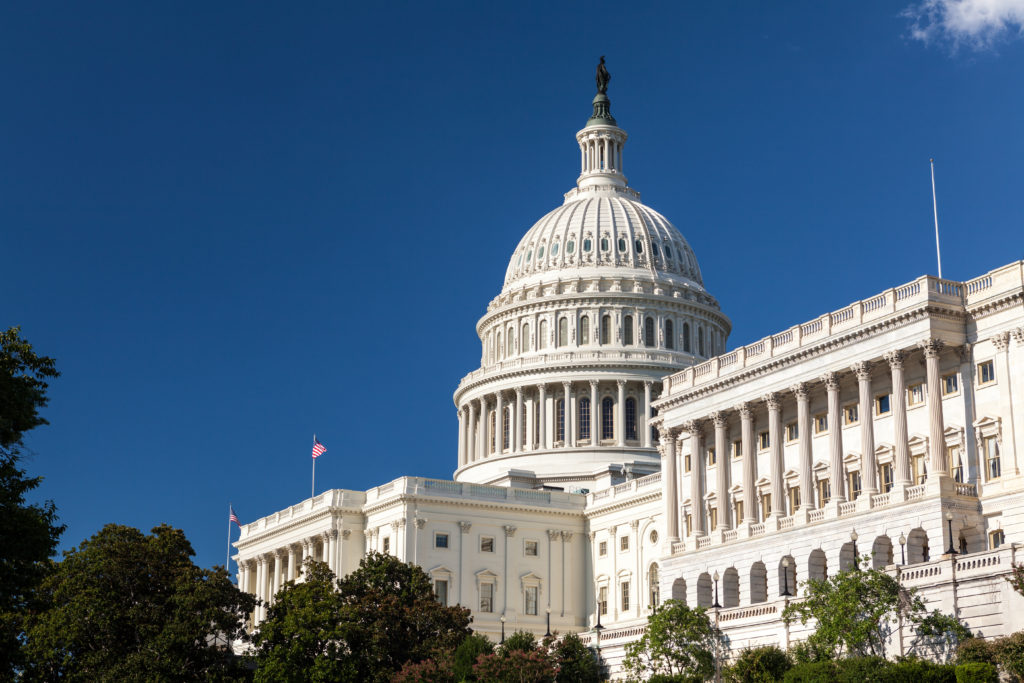BDCs Allowed Higher Leverage in Federal Appropriation Bill
March 28, 2018 | James Sprow | Blue Vault

The $1.3 trillion appropriations bill signed by President Trump on March 23 has a provision to allow BDCs to increase their debt-to-equity leverage from 1:1 to 2:1. Nontraded BDCs covered by Blue Vault provide loans to private middle-market U.S. businesses and can also invest in financial companies. By raising the allowable leverage that BDCs can use, fund managers may benefit by using more debt to increase returns on equity, but potentially higher returns will be accompanied by higher financial risk.
Currently, the nontraded BDCs in Blue Vault’s reports are utilizing debt-to-asset ratios that are below 50%. The new 2:1 debt-to-equity limit means that debt-to-asset ratios can, in theory, increase to 66.7%. The effect on investors will depend on how BDC managers choose to utilize the new leverage limits.
BDCs have filled a role in providing domestic startup companies and middle-market borrowers with financing that once was obtained from traditional banks. As banks have withdrawn from that type of lending, BDCs, which were authorized by Congress in 1980 to promote job growth and assist emerging U.S. businesses in raising funds, have met the need. When they use leverage, they generally borrow at variable rates and lend to businesses at higher rates, earning returns for their shareholders and their sponsors on the spreads. When rates rise, the BDC and its shareholders can be protected by having variable rates on the loans they’ve made. The source of risk in the BDC structure is the potential for defaults when the economy weakens.
Ryan Lynch at Keefe, Bruyette & Woods, an investment bank specializing in financial services, was quoted recently as saying, “it’s the biggest regulatory change I’ve seen in the BDC space probably ever. It’s going to provide much more flexibility to every BDC.”
However, others see the increased leverage limits as increasing the fees that managers can charge as BDCs grow their assets while increasing risk for their investors.
Fund raising by the nontraded BDCs in Blue Vault’s BDC reports has decreased from $930 million in 2016 to $692 million in 2017. Sales by nontraded BDCs in Q4 2017 were just $161 million, down from $239 million in Q4 2016.











